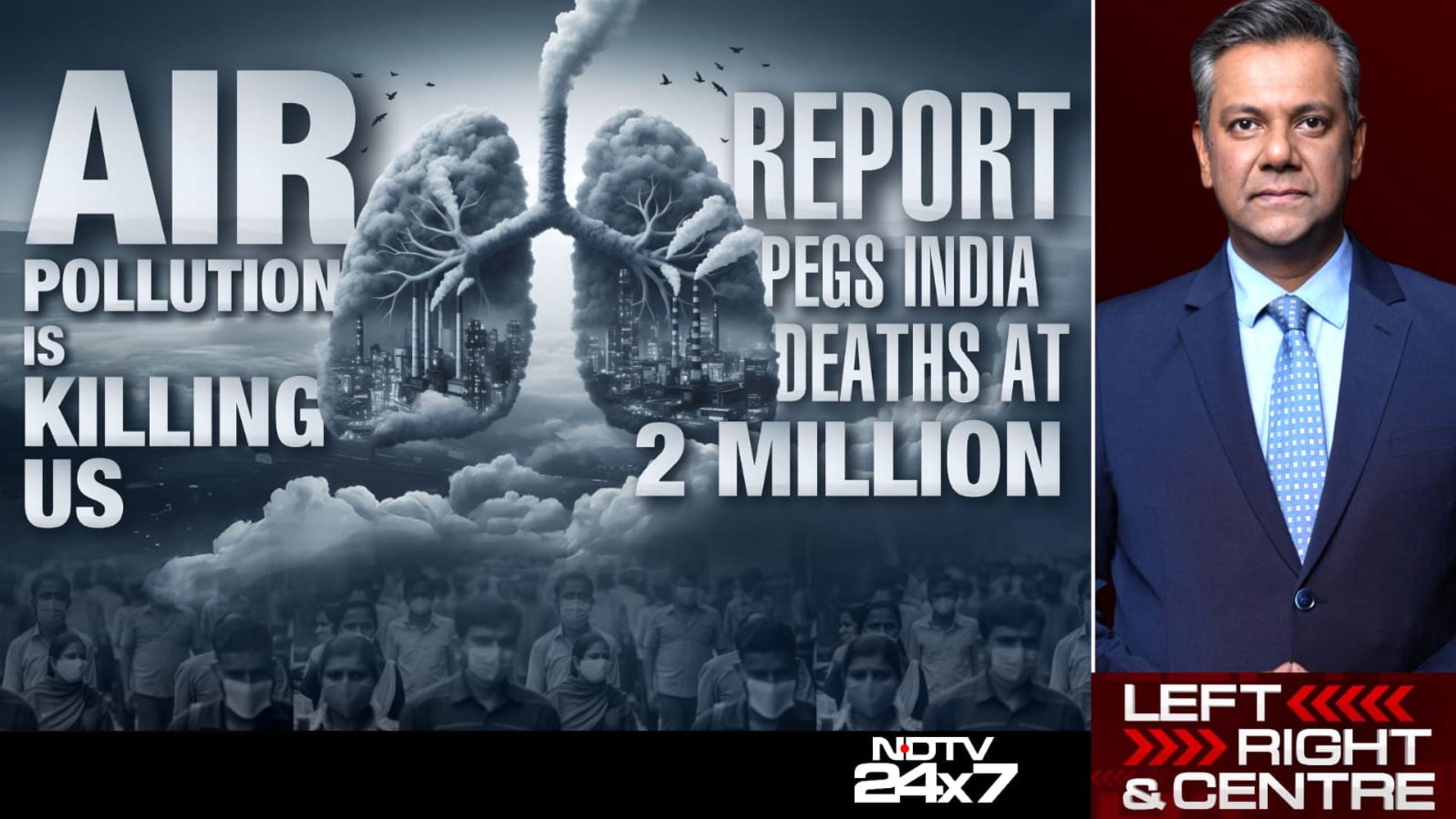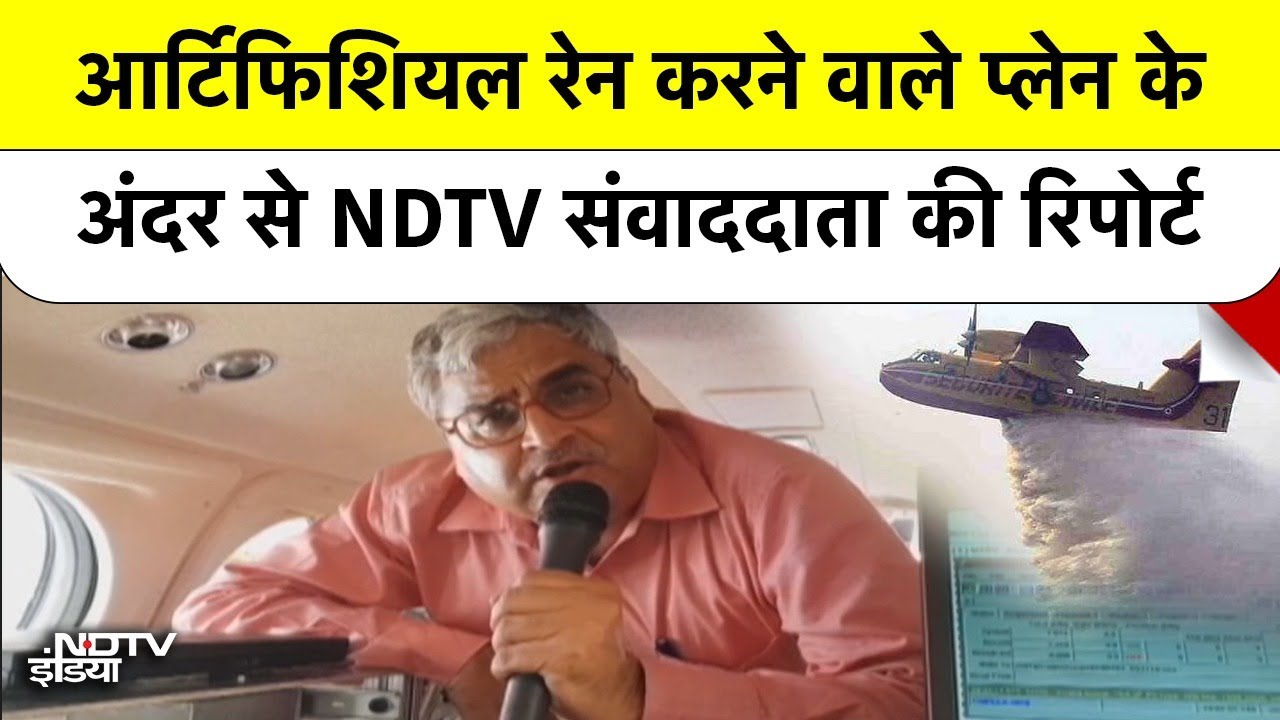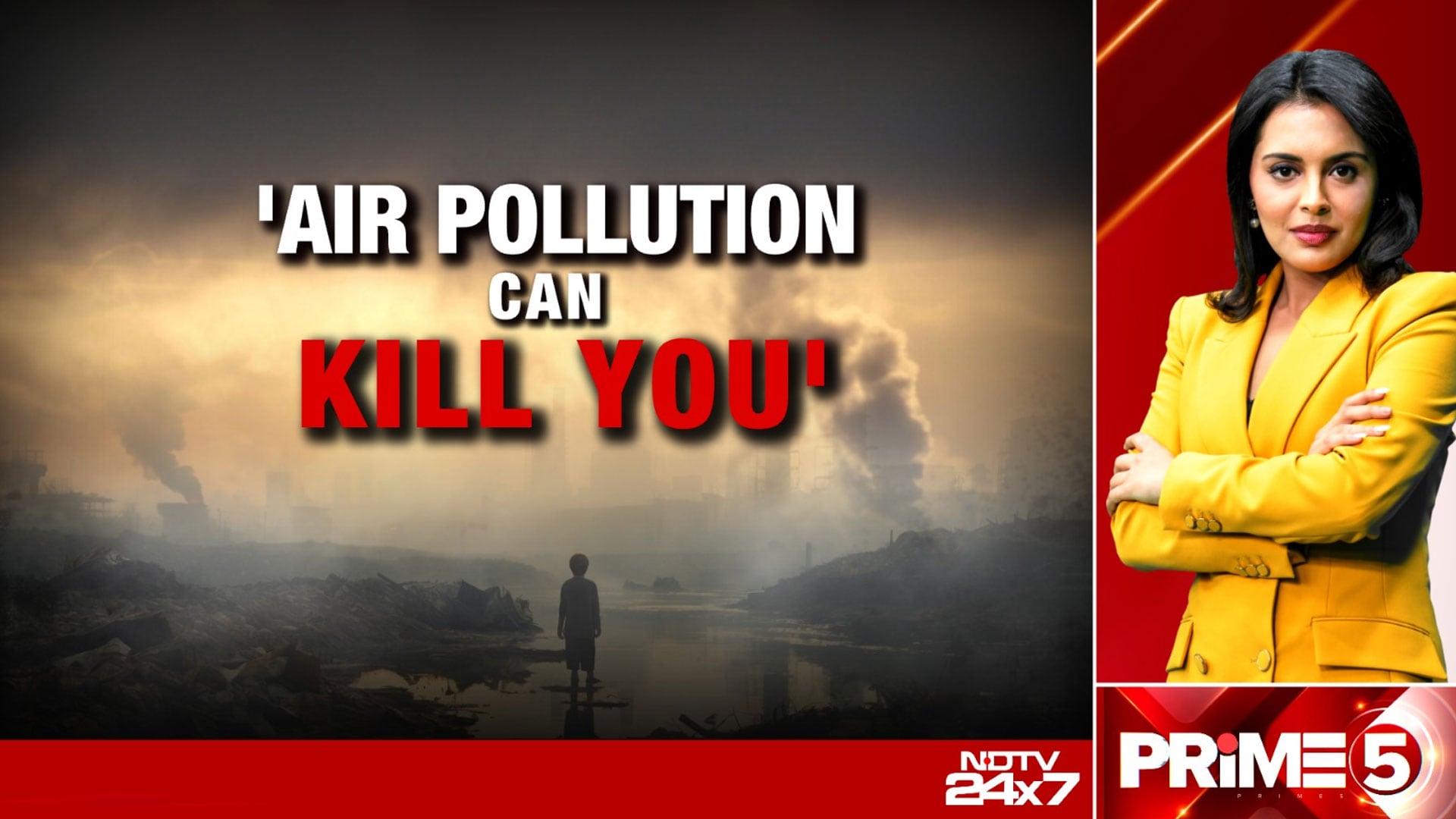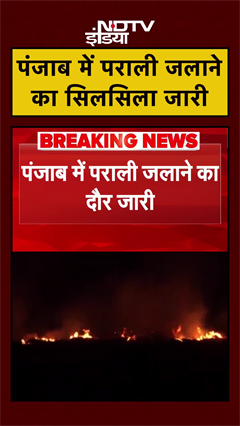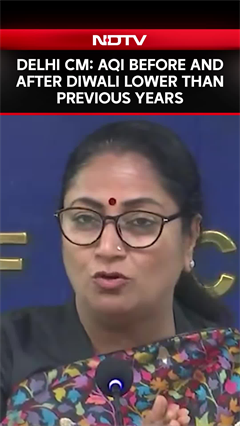- Home/
- Air Quality In Delhi Improves But Remains Under "Poor" Category
Air Quality In Delhi Improves But Remains Under "Poor" Category

The Air Quality Index (AQI) in the national capital improved on Saturday morning but remained under the "poor" category, with Stage II of the Graded Response Action Plan (GRAP) already in effect across Delhi-NCR.
According to the Central Pollution Control Board (CPCB), the overall Air Quality Index (AQI) in the national capital stood at 259 as of 8 am today.
In south-west Delhi, the AQI in RK Puram remained at 265, while Patparganj recorded 263, both classified as "poor." However, Anand Vihar in east Delhi recorded an AQI of 412, placing it in the 'severe' category.
Truck-mounted water sprinklers were deployed on Janpath Road to tackle the high levels of particulate matter, as air quality in several areas remained largely in the 'very poor' range.
Other areas of concern included Bawana, where the AQI was recorded at 336, classified as 'very poor,' and ITO, which registered an AQI of 248. Dwarka recorded a comparatively lower AQI of 276, still within the 'poor' range, highlighting the uneven distribution of pollution across the capital.
As Delhi continues to grapple with deteriorating air quality, Chief Minister Rekha Gupta on Friday said that cloud seeding has become a necessity for the national capital and termed it a pioneering step in addressing the city's persistent environmental crisis.
Speaking to ANI, Rekha Gupta said, "Cloud seeding is a necessity for Delhi and is the first experiment of its kind. We want to try it in Delhi to see if it can help us control this very serious environmental problem."
She added, "So the blessings of the people of Delhi are with the government, and we feel that this will be a successful experiment and in future, we will be able to overcome these environmental problems."
Meanwhile, on Friday, former AIIMS Director Dr Randeep Guleria cautioned residents about the serious health implications of rising pollution and urged preventive measures to minimise exposure.
"The current high levels of air pollution, indicated by poor AQI, are leading to acute health effects, particularly among individuals with underlying heart or lung conditions, the elderly, and young children. These groups are experiencing increased chest discomfort, breathing difficulty, cough, and worsening of pre-existing conditions like asthma and COPD," Dr Guleria told ANI.
He added, "Even healthy individuals are reporting symptoms such as nasal stuffiness, throat pain, chest tightness, and coughing. The inflammation and narrowing of airways caused by pollutants are contributing to these issues. Additionally, the use of crackers, despite permissions for 'green crackers,' has exacerbated air pollution."
Earlier, Delhi Environment Minister Manjinder Singh Sirsa mentioned that there will be clouds over Delhi from October 28 to 30 and noted that the Delhi government is ready with physical trials and permissions to induce artificial rain on October 29.
The Air Quality Index (AQI) in Delhi and its National Capital Region (NCR) was falling under the 'poor' and 'very poor' categories in several areas even as Stage 2 of the Graded Response Action Plan (GRAP) remains in effect.
(Except for the headline, this story has not been edited by NDTV staff and is published from a syndicated feed.)
Latest Stories
- Press Trust of India | Saturday October 25, 2025
Three out of four households in Delhi-NCR are already experiencing the ill-effects of toxic air, with common complaints ranging from sore throat and cough to burning eyes, headaches and disturbed sleep, according to an online survey
- Press Trust of India | Saturday October 25, 2025 , New Delhi
The sudden exposure to smoke, toxic gases, and fine particulate matter has left the elderly, children, pregnant women, and those with chronic respiratory or cardiac illnesses struggling to cope.
- Asian News International | Saturday October 25, 2025 , New Delhi
The Air Quality Index (AQI) in the national capital improved on Saturday morning but remained under the "poor" category, with Stage II of the Graded Response Action Plan (GRAP) already in effect across Delhi-NCR.
- Press Trust of India | Friday October 24, 2025 , New Delhi
With the city's air quality remaining in the "poor" category, Delhiites are rushing to stock up on air purifiers and masks, leading to a 60-70 per cent jump in sales, traders said.
- Written by Manya Singh | Saturday October 25, 2025
The State of Global Air 2025 examines air quality and health outcomes using the latest PM2.5 and ozone exposure data and disease burden models.
................................ Advertisement ................................
Latest Videos
Opinion
Opinion | Why Indians Have Just Given Up On Air Pollution CrisisTanushree Ganguly
Friday December 20, 2024While some may argue that people in Delhi are now more aware of air pollution than they were a decade back, my rebuttal would be that awareness does not mean that people are concerned.
Opinion | You Must Outrage Over Filthy Air More Than Once A YearJyoti Pande Lavakare
Tuesday December 10, 2024Delhi welcomed us with monsoon rains and mangos. We were home. Fast forward a couple of years, in the winter of 2012, I found myself in denial about something other parents, mostly expats, were calling toxic air.
Opinion | Delhi's Air Pollution Situation Is Like A Bad MarriageNishtha Gautam
Friday November 22, 2024On a good day, such as today, the AQI reading in Delhi is 407. We are jubilant at the sickly sunshine trickling through the slightly dissipated smog. At least its not 1600.
दिवाली... पराली... सियासी जुगाली!Ashwini kumar
Monday November 18, 2024दिल्ली-एनसीआर में प्रदूषण का समाधान तो आज तक मिला नहीं. हर साल चिंतित होकर हम-आप सांसों की तकलीफ के साथ-साथ दिल और ब्लड प्रेशर के मरीज भी क्यों बनें?
घर में कैद बुजुर्ग और हांफते लोग, दिल्ली की सांसों में घुला ये कैसा रोग?Nidhi Kulpati
Friday November 08, 2024हमारी हवा जहरीली हो रही है. गुरुवार की शाम को जब मैं इस मुद्दे पर लिखने बैठी तो AQI लगातार 400 पार जाकर दम घोंट रहा था. बहुत लोगों को यह मामला बोरिंग लगे, लेकिन जब आप अपने साथ काम करने वालों को खांसते-हांफते देखते-सुनते हैं, तो चिंता होने लगती है. सुबह उठते ही दरवाजे खिड़कियां खोलने के लिए डॉक्टर मना कर रहे हैं. बड़े बुजुर्गों के लिए तो मॉर्निंग वॉक बाहर की दुनिया से सीधे संपर्क का ज़रिया है, लेकिन डॉक्टर इसकी भी मनाही कर रहे हैं.








